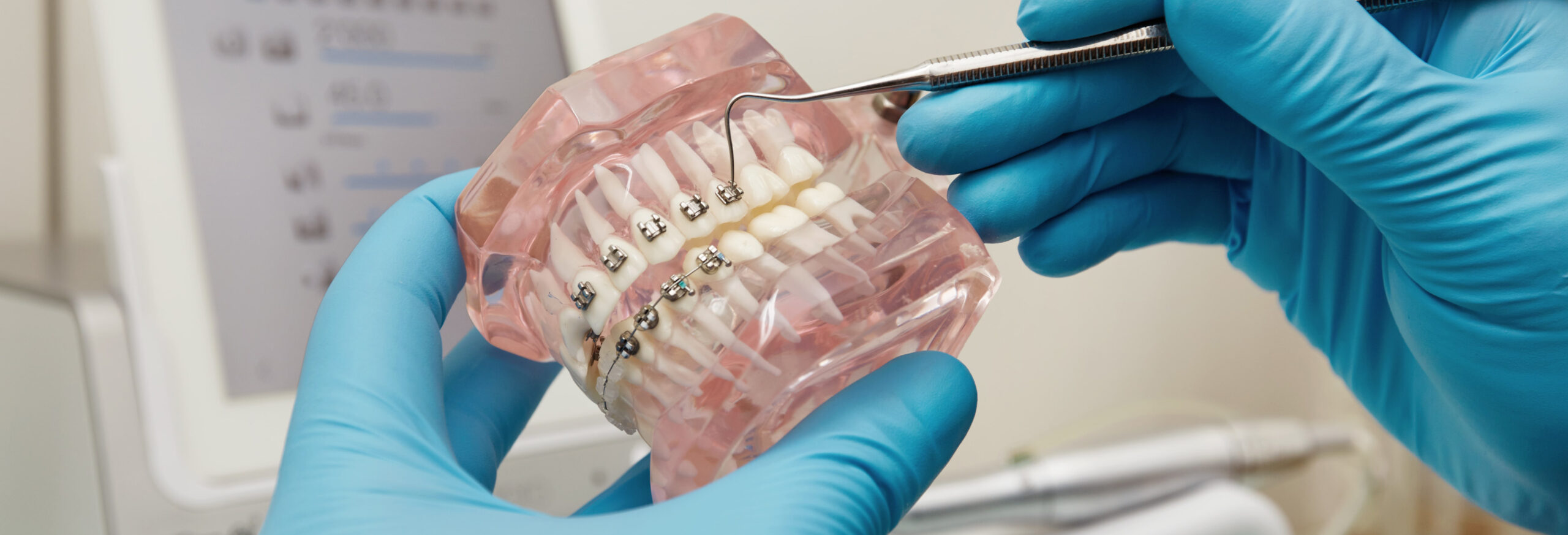Traditional Orthodontics & Invisalign
Traditional Orthodontics
For decades, conventional braces have been used to straighten teeth, fix problems with bite alignment, and maintain the best level of oral health for patients. Patients may achieve enhanced oral health at any age or stage of dental development by orthodontic realignment using conventional braces. Left unchecked, misaligned teeth can cause multiple oral and general health problems, so any dental misalignment must be handled.
Modern braces use brackets, wires, and bands over the course of 12 to 24 months to progressively move teeth into their perfect alignment. Brackets are fixed to the front surfaces of the teeth, and pressure is exerted on the brackets by wires and bands, moving the top part of the tooth first and then the root into alignment. Throughout their treatment plan, patients will need to visit our office every four to six weeks, so we can change the wires and bands to achieve the pressure required.
Advances in the materials and procedures used by conventional braces have made the processes of treatment more simple and reliable than ever before.
Invisalign clear aligners
Invisalign is a series of clear orthodontic devices used to help straighten and align teeth, which are a plastic form of dental braces. The benefit is that Invisalign is better looking and more comfortable than braces.
Usually due to the technology and material used, transparent aligner costs are lower than all-metal braces. Prices are less affected by factors such as the length of the therapy and the severity of the problems that require correction.
Not everybody, however is a nominee for the system, so you need to consult with your dentist.
If an Invisalign-certified orthodontist says you would benefit from the system, they’ll take your mouth impressions, write a comprehensive specification, and then submit it all to a high-tech lab.
First the lab will show a sample of the appliances to the orthodontist.
The lab then makes a series of aligners-you can need from 12 and 48 aligners depending on the situation.
It would usually entail a visit to the orthodontist every six weeks after the impression of the teeth is taken.
Some patients will be advised for a period of time to wear metal braces and then when ready, turn to Invisalign.

